Out Now
The Mental Health Issue
Current Issue
The Mental Health Issue
AUG - SEPT 2025
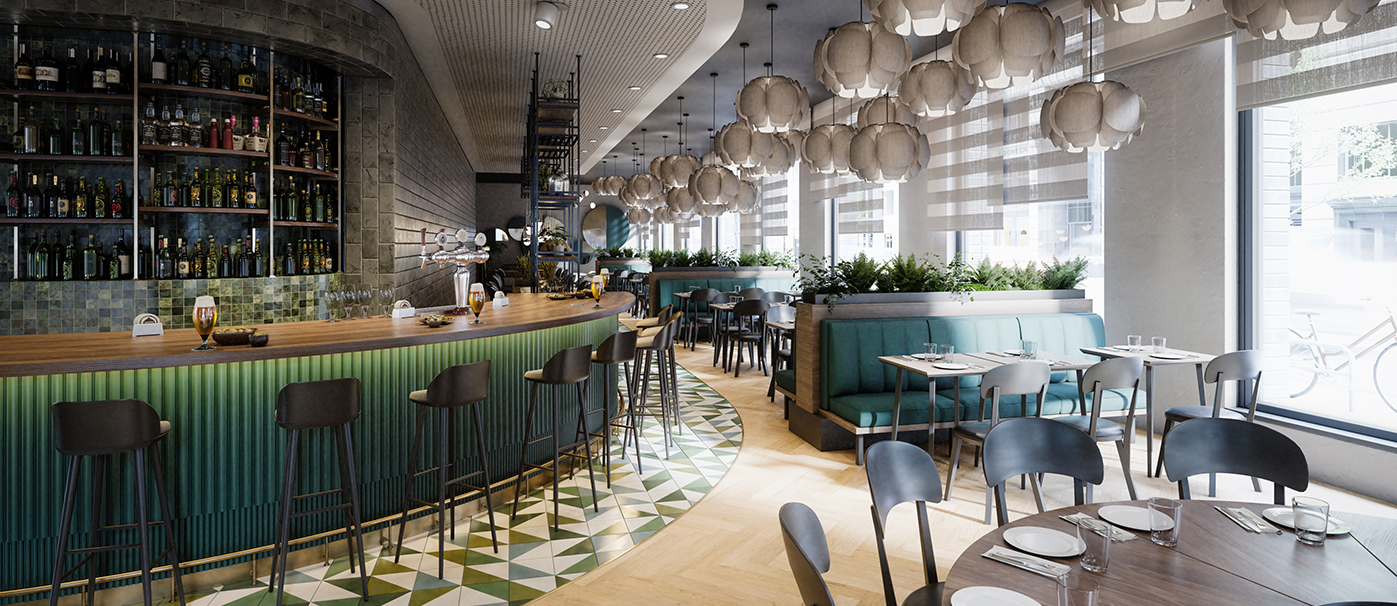
The longer they stay, the more they spend. If you understand the psychology of lighting, you can help boost sales for your restaurant customers.
In restaurants, cafes and bars, lighting is so much more than illumination for patrons to see what they’re eating and drinking. Lighting seriously affects how consumers feel and, in turn, how they shop, what they buy and how much time they spend in an establishment. Which means electrical contractors who understand the psychology of lighting can have a serious business impact for their service-industry customers. Here’s how to use lighting to make sure customers eat and drink their way past a restaurant’s bottom line.
When people visit restaurants, the first objective for the business is to keep them relaxed and in there for as long as is reasonably possible. After all, the longer they’re there, the more they order and the more they spend. Having the right lighting can help keep them in a relaxed state of mind.
The second objective is for them to return. And if guests feel uncomfortable in any way, they’re not likely to come back.
In a series of studies by the US-based Kellogg School of Management, researchers manipulated light levels to see how people’s preferences changed when they were offered a practical, utilitarian product versus a more enjoyable, hedonic product. The results showed that people were more likely to choose enjoyable products under dimmer lighting and practical products under brighter lights.
So, it’s not surprising to learn that lighting in restaurants tends to be softer to help diners relax and feel comfortable ordering that second — or third — round of drinks.
Of course, you need the right amount of light to read the menu and see your food — and your companions — with ease. And the contrast is crucial. The lighting needs to be balanced with surrounding surfaces and colours, to avoid glare and eye strain. Eye discomfort and headaches can be caused by our pupils adjusting between surfaces, and that’s certainly not the desired effect when customers are visiting a restaurant or bar to relax.
And, for restaurants that open from morning to night, different lighting will be required at different times of the day. For example, the lighting needed at breakfast will be different to that needed for an evening meal. Breakfast is a higher-paced meal, and there’ll be some natural light to complement too. So lighting that is adjustable and versatile is the order of the day.
Fast-food restaurants, of course, are a different proposition altogether. The business is built on low spend, high turnover, so bright lighting creates a fast-moving environment in which people aren’t really encouraged to hang about.
Keep up to date with our latest news and competitions by subscribing to our regular newsletter.
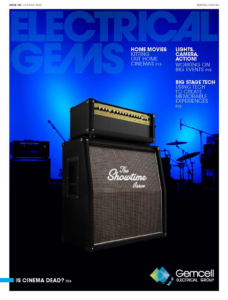
Issue 183
OCT - NOV 2024

Issue 182
AUG - SEPT 2024
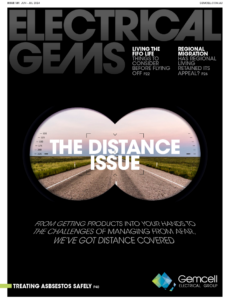
Issue 181
JUN - JUL 2024
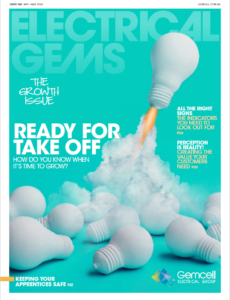
Issue 180
APR - MAY 2024
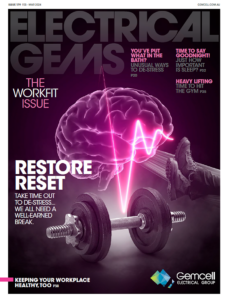
Issue 179
FEB - MARCH 2024
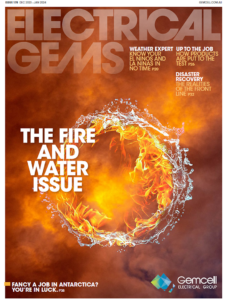
Issue 178
DEC 2023 - JAN 2024
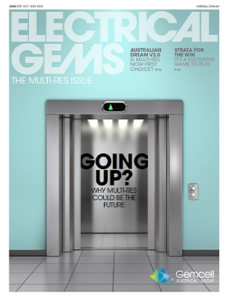
Issue 177
OCT - NOV 2023
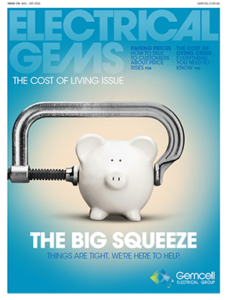
Issue 176
AUG - SEPT 2023
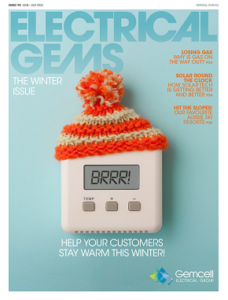
Issue 175
JUN - JUL 2023
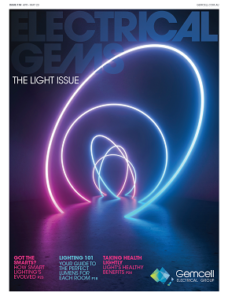
Issue 174
APR - MAY 2023
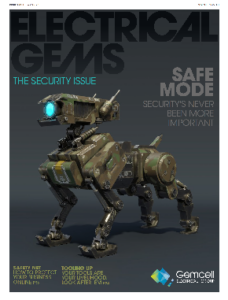
Issue 173
FEB - MAR 2023

Issue 172
DEC 2022 - JAN 2023

Issue 171
OCT - NOV 2022
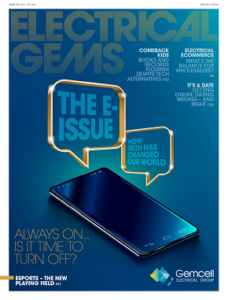
Issue 170
AUG - SEPT 2022
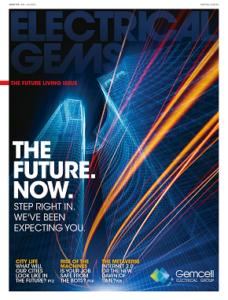
Issue 169
JUN - JUL 2022

Issue 168
APR - MAY 2022
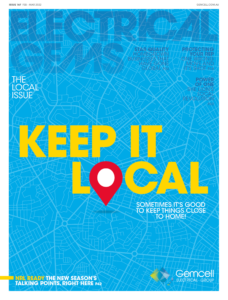
Issue 167
FEB - MAR 2022
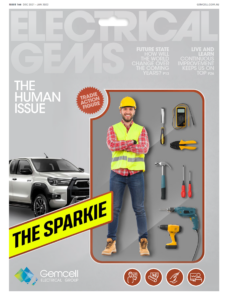
Issue 166
DEC 2021 - JAN 2022
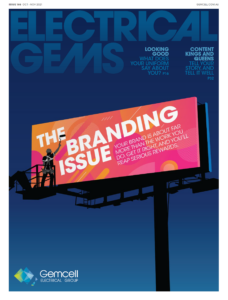
Issue 165
OCT - NOV 2021
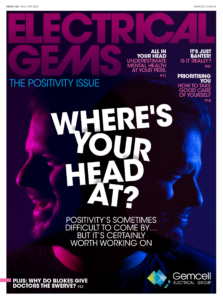
Issue 164
AUG - SEPT 2021
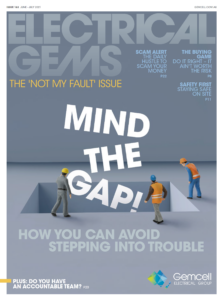
Issue 163
JUN - JUL 2021
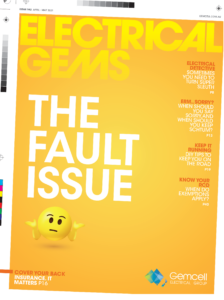
Issue 162
APR - MAY 2021
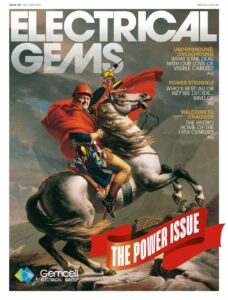
Issue 161
FEB - MAR 2021

Issue 160
DEC 2020 - JAN 2021
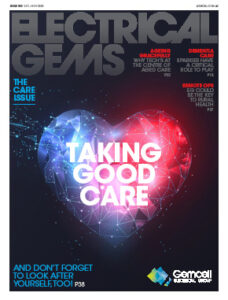
Issue 159
OCT - NOV 2020

Issue 158
AUG - SEPT 2020
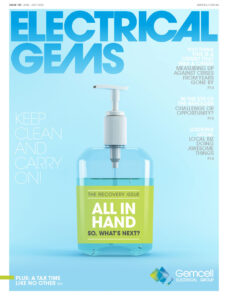
Issue 157
JUN - JUL 2022
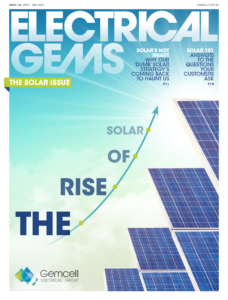
Issue 156
APR - MAY 2020
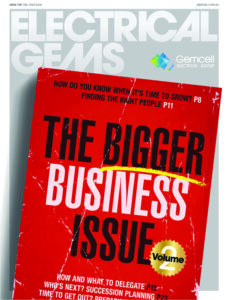
Issue 155
FEB - MAR 2020

Issue 154
DEC 2019 - JAN 2020

Issue 153
OCT - NOV 2019
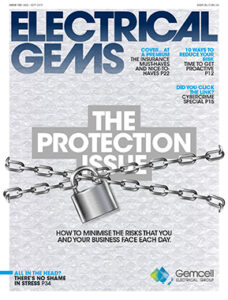
Issue 152
AUG - SEPT 2019
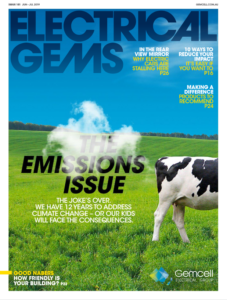
Issue 151
JUN - JUL 2019
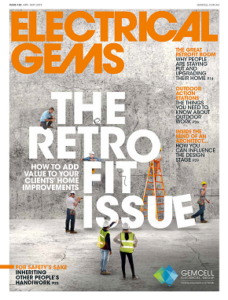
Issue 150
APR - MAY 2019
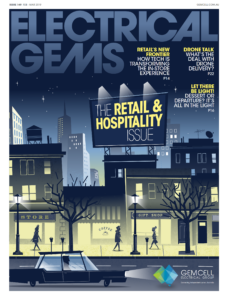
Issue 149
FEB - MAR 2019
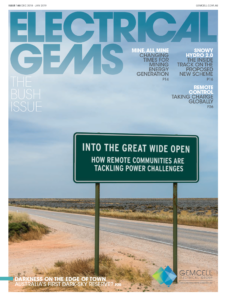
Issue 148
DEC 2018 - JAN 2019
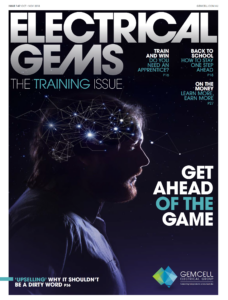
Issue 147
OCT - NOV 2018
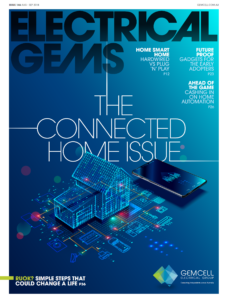
Issue 146
AUG - SEPT 2018

Issue 145
JUN - JUL 2018
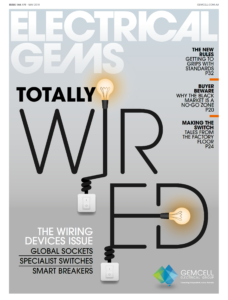
Issue 144
APR - MAY 2018
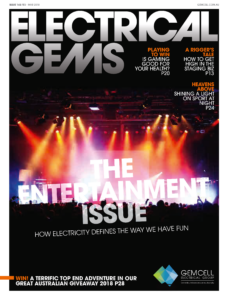
Issue 143
FEB - MAR 2018
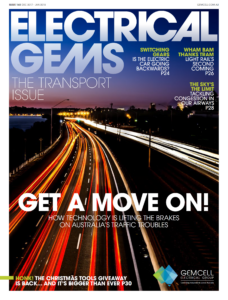
Issue 142
DEC 2016 - JAN 2017
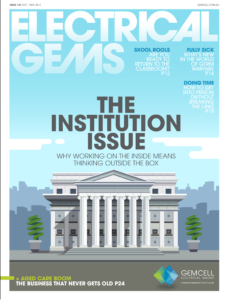
Issue 141
OCT- NOV 2017
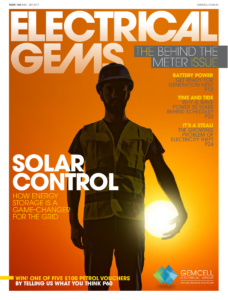
Issue 140
AUG - SEPT 2017
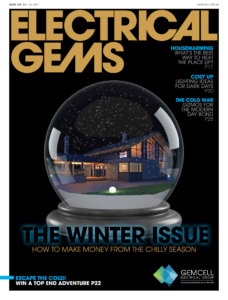
Issue 139
JUN - JUL 2017
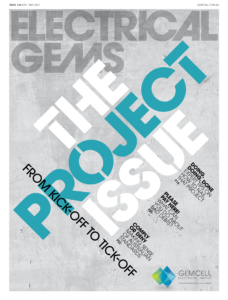
Issue 138
APR - MAY 2017

Issue 137
FEB - MAR 2017
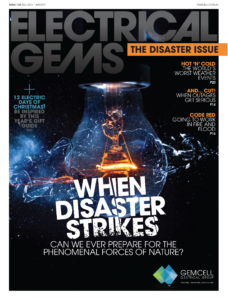
Issue 136
DEC 2016 - JAN 2017
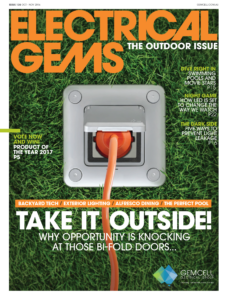
Issue 135
OCT - NOV 2017

Issue 134
AUG - SEPT 2016
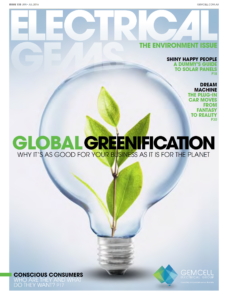
Issue 133
JUN - JUL 2016
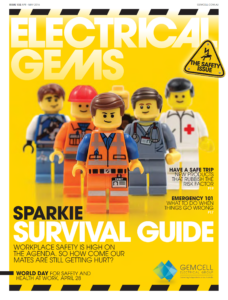
Issue 132
APR - MAY 2016
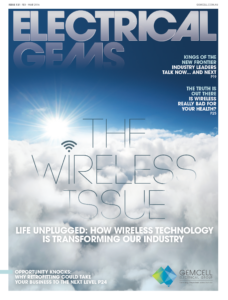
Issue 131
FEB - MAR 2016

Issue 130
DEC 2015 - JAN 2016
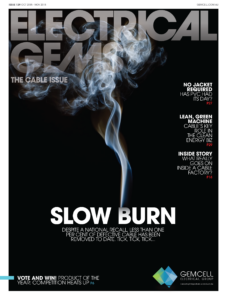
Issue 129
OCT - NOV 2015

Issue 128
AUG - SEPT 2015
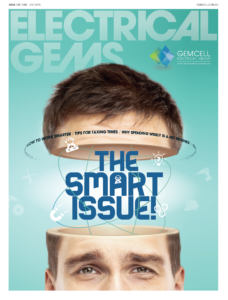
Issue 127
JUN - JUL 2015
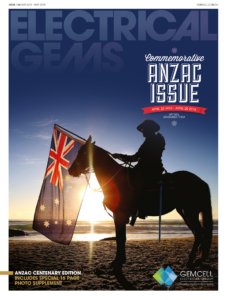
Issue 125
APR - MAY 2015
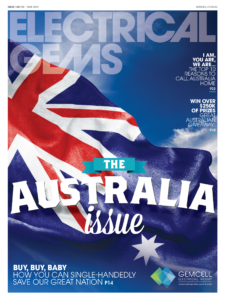
Issue 125
FEB - MAR 2015
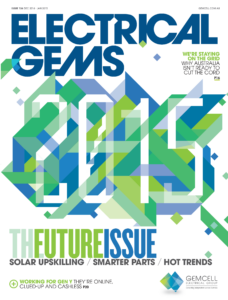
Issue 124
DEC 2014 - JAN 2015
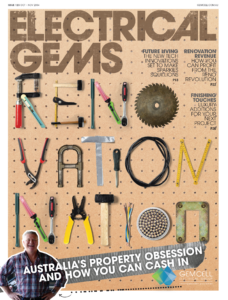
Issue 123
OCT - NOV 2014
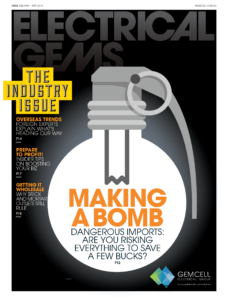
Issue 122
AUG - SEPT 2014
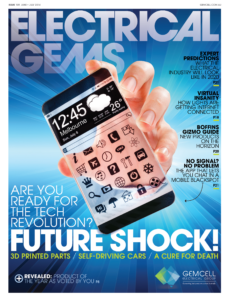
Issue 121
JUN - JUL 2014
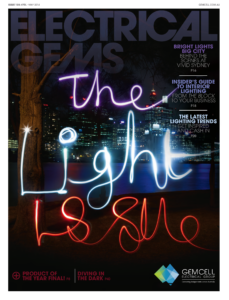
Issue 120
APR - MAY 2014

Issue 119
FEB - MAR 2014
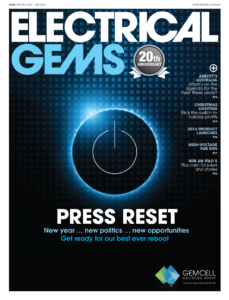
Issue 118
DEC 2013 - JAN 2014
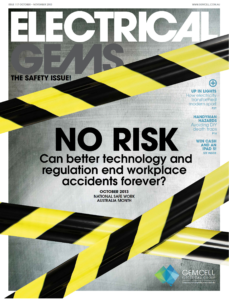
Issue 117
OCT - NOV 2013
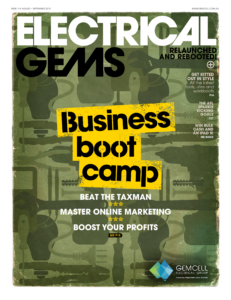
Issue 116
AUG - SEPT 2013

Comments (0)
Write a Comment